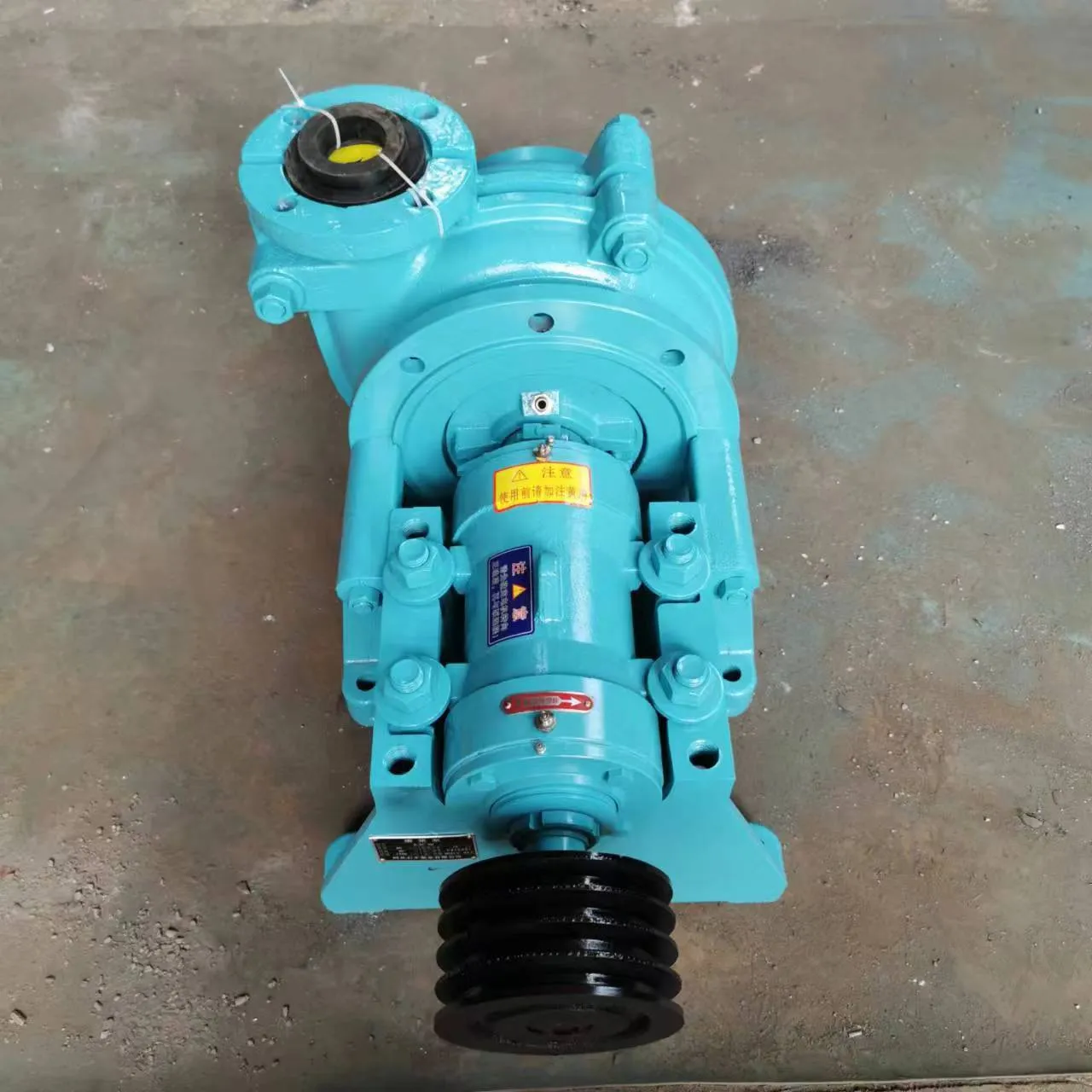Icelandic
- Afrikaans
- Albanian
- Amharic
- Arabic
- Armenian
- Azerbaijani
- Basque
- Belarusian
- Bengali
- Bosnian
- Bulgarian
- Catalan
- Cebuano
- Corsican
- Croatian
- Czech
- Danish
- Dutch
- English
- Esperanto
- Estonian
- Finnish
- French
- Frisian
- Galician
- Georgian
- German
- Greek
- Gujarati
- Haitian Creole
- hausa
- hawaiian
- Hebrew
- Hindi
- Miao
- Hungarian
- Icelandic
- igbo
- Indonesian
- irish
- Italian
- Japanese
- Javanese
- Kannada
- kazakh
- Khmer
- Rwandese
- Korean
- Kurdish
- Kyrgyz
- Lao
- Latin
- Latvian
- Lithuanian
- Luxembourgish
- Macedonian
- Malgashi
- Malay
- Malayalam
- Maltese
- Maori
- Marathi
- Mongolian
- Myanmar
- Nepali
- Norwegian
- Norwegian
- Occitan
- Pashto
- Persian
- Polish
- Portuguese
- Punjabi
- Romanian
- Russian
- Samoan
- Scottish Gaelic
- Serbian
- Sesotho
- Shona
- Sindhi
- Sinhala
- Slovak
- Slovenian
- Somali
- Spanish
- Sundanese
- Swahili
- Swedish
- Tagalog
- Tajik
- Tamil
- Tatar
- Telugu
- Thai
- Turkish
- Turkmen
- Ukrainian
- Urdu
- Uighur
- Uzbek
- Vietnamese
- Welsh
- Bantu
- Yiddish
- Yoruba
- Zulu
Telephone: +86 13120555503
Email: frank@cypump.com
des . 11, 2024 00:12 Back to list
Tractor-Powered Slurry Pumps for Efficient Agricultural Waste Management Solutions
Tractor-Driven Slurry Pumps An Essential Tool for Modern Agriculture
In the ever-evolving world of agriculture, efficiency and productivity are paramount. One of the key components that contribute significantly to the success of farming operations, especially in managing waste and irrigation systems, is the tractor-driven slurry pump. These pumps have become essential tools in the agricultural sector, enabling farmers to handle liquid manure and other slurry materials more effectively and sustainably.
Understanding Slurry Pumps
Slurry pumps are designed to move a mixture of liquid and solid materials, which in agricultural settings typically consist of manure, slurry, and other liquid waste. They are particularly crucial in dairy and livestock operations where managing waste efficiently is not just a matter of operational need, but also compliance with environmental regulations. Tractor-driven slurry pumps are connected to a tractor, utilizing its power to operate effectively—an advantage that provides both mobility and high operational efficiency.
Advantages of Tractor-Driven Slurry Pumps
1. Mobility and Versatility One of the main benefits of tractor-driven slurry pumps is their mobility. Farms cover large areas, and a stationary pump can limit the effectiveness of waste management. With the attachment of a slurry pump to a tractor, farmers can easily transport the pump to different fields or areas within their farm, allowing for quick and efficient waste management.
2. Power Efficiency Tractor-driven pumps harness the tractor's power, which often yields higher pressure and flow rates compared to stationary pumps. This makes it easier to pump slurry over long distances or to elevated areas, which is crucial for land application in various terrains.
3. Cost-Effectiveness Investing in a tractor-driven slurry pump can provide significant savings over time. By utilizing existing tractor machinery, farmers avoid the need for additional energy sources or specialized equipment. Furthermore, these pumps can significantly reduce the time and labor required for slurry handling.
tractor driven slurry pumps

4. Environmental Impact Proper slurry management is vital for minimizing the environmental impact of farming activities. Slurry pumps help ensure that waste is dealt with efficiently, decreasing the likelihood of runoff that can lead to water pollution. By applying manure evenly and appropriately using a slurry pump, farmers can enhance soil health and reduce chemical fertilizer reliance, contributing to more sustainable farming practices.
Maintenance and Operation
Like any other piece of agricultural equipment, tractor-driven slurry pumps require regular maintenance to operate at peak efficiency. Farmers should ensure that the pump is properly cleaned after each use to avoid blockages and corrosion. Additionally, inspecting hoses and connections regularly will prevent leaks and potential environmental hazards.
Proper training in operating these pumps is also essential. Farmers and their workers must understand how to handle the equipment safely, as pumping slurry involves dealing with potentially hazardous materials. Adhering to best practices not only ensures safe operation but also maximizes the lifespan of the pump.
Future Trends
As the agricultural sector continues to embrace technology, the design and functionalities of slurry pumps are likely to evolve. Innovations such as telemetry, which enables real-time monitoring and management of pump performance, and energy-efficient systems that minimize power consumption, are expected to define the future of slurry handling.
Conclusion
In conclusion, tractor-driven slurry pumps play a crucial role in modern agricultural practices, offering flexibility, efficiency, and sustainability in managing liquid waste. As farmers face increasing pressure to operate effectively while minimizing their environmental footprint, these pumps stand out as indispensable tools. Investing in high-quality, efficient slurry pumps not only meets the operational requirements of today’s farms but also paves the way for a more sustainable and responsible agricultural future.
-
Horizontal Split Case Pump with GPT-4 Turbo | High Efficiency
NewsAug.01,2025
-
ISG Series Pipeline Pump - Chi Yuan Pumps | High Efficiency, Durable Design
NewsAug.01,2025
-
Advanced Flue Gas Desulfurization Pump with GPT-4 Turbo | Durable & Efficient
NewsJul.31,2025
-
ISG Series Vertical Pipeline Pump - Chi Yuan Pumps | Advanced Hydraulic Design&Durable Construction
NewsJul.31,2025
-
ISG Series Vertical Pipeline Pump - Chi Yuan Pumps | Energy Efficient & Low Noise
NewsJul.31,2025
-
pipeline pump - Chi Yuan Pumps Co., LTD.|High Efficiency&Low Noise
NewsJul.31,2025










